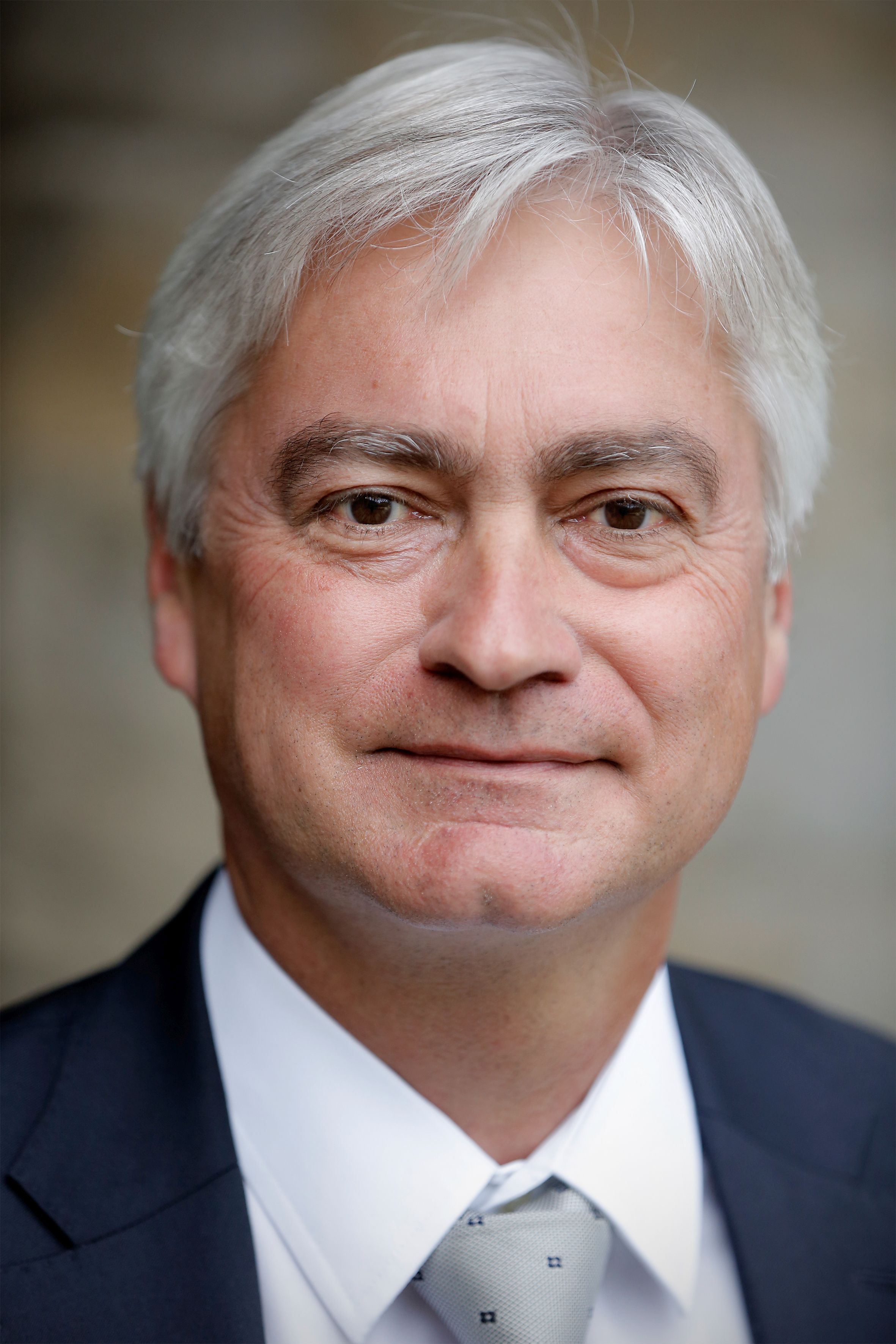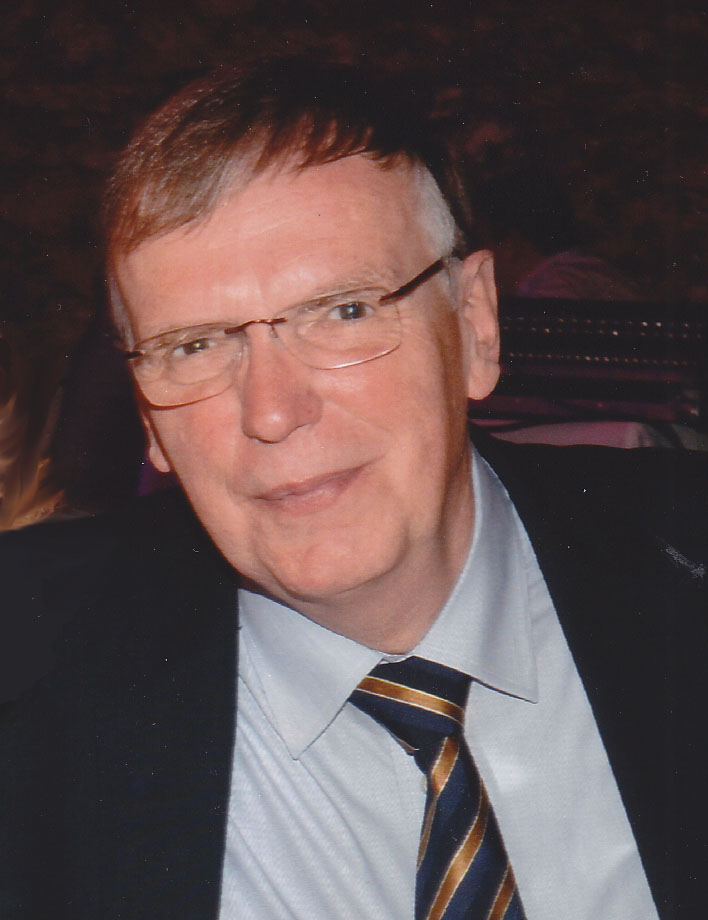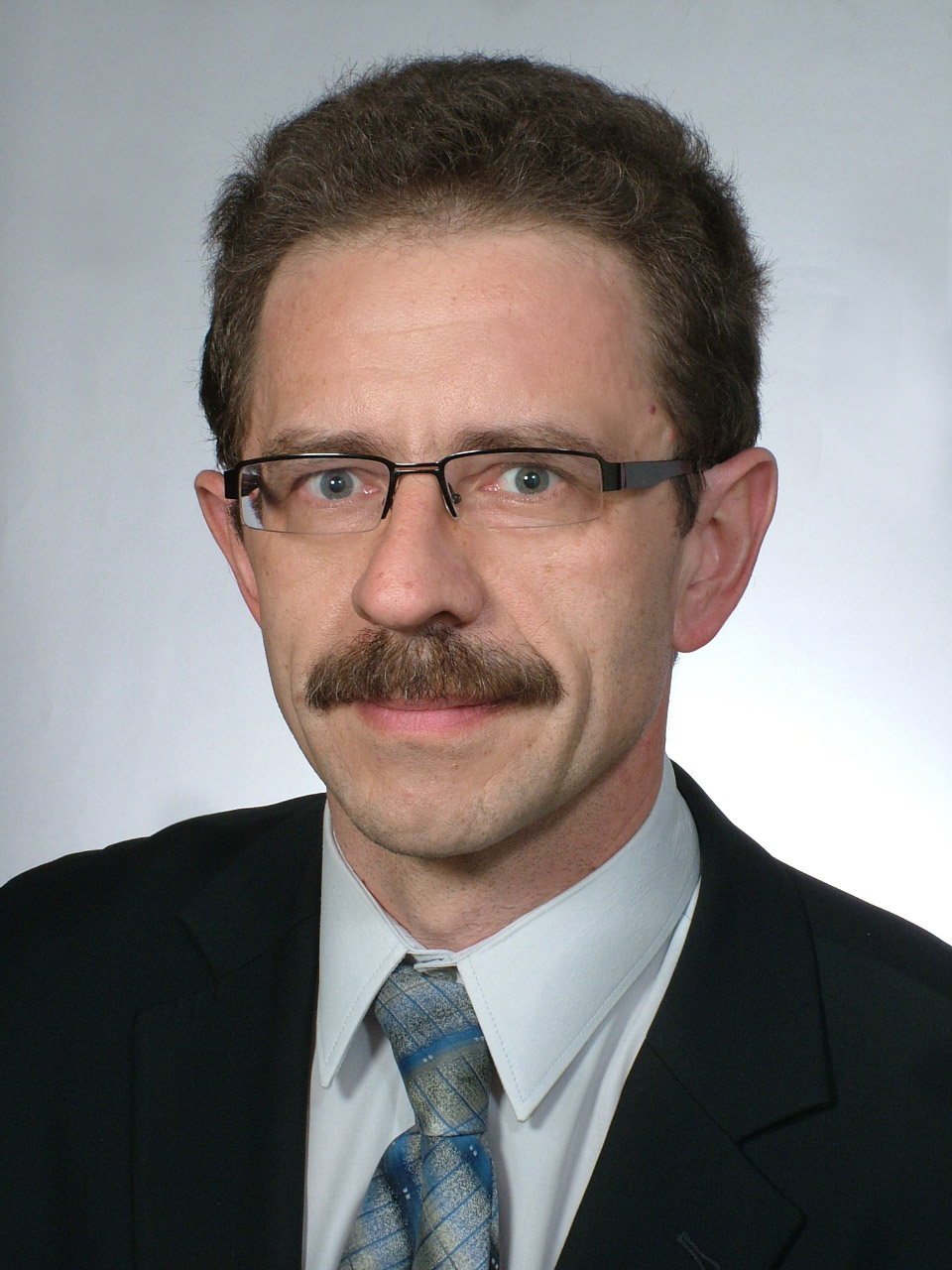 Prof. Jos Vander Sloten, Catholic University Leuven, Leuven-Heverlee, Belgium
Prof. Jos Vander Sloten, Catholic University Leuven, Leuven-Heverlee, Belgium
Title: Personalised medical treatments enabled by image-based biomechanical models
CV:
Jos Vander Sloten obtained his MSc and PhD in mechanical engineering from the Katholieke Universiteit Leuven in 1985 and 1990 respectively. Currently he is full professor within the Division of Biomechanics at KU Leuven. He founded the Leuven Medical Technology Centre in 2008 and served as the first chairman for two terms until 2016. He has made major contributions to biomechanics, especially in computer integrated surgery systems, medical image based design of orthopedic implants and in tissue modelling and measurements to support pre-operative planning. He introduced biomechanical modelling in robot-assisted surgery to optimize minimal invasive surgery for increase of patients safety. Results of mentioned study he published in more than 160 peer-reviewed journal papers with over 1900 citations. His H-index is 25. Professor Jos Vander Sloten served as a leader and coordinator of large number of research projects, including several EU international projects. His teaching assignments are engineering mechanics, problem solving and engineering design, computer integrated surgery systems.
Abstract: Current medical image modalities allow for a reconstruction of patient-specific anatomies with a precision of approximately 0.5mm. This allows for the generation of computer models e.g. of the musculoskeletal structure with the help of datamining techniques such as statistical shape modeling.
However, these models have to be fed with accurate data to reflect not only the geometry but also the material properties, the loading conditions and the interface between implants and bone in case of prosthetic reconstruction. The challenge is to optimize the interface between host tissue and implant in order to achieve maximum long-term functionality, but this optimization is also dependent on the optimization of the interfacing between the implant, the surgeon and the host tissue. Thus also the surgical technique will benefit from engineering support.
Biomedical engineering is a key player to achieve this. A good geometric fit between implant and host tissue will ensure optimal initial stability. Pre-operative computer assisted planning will allow to optimize the surgical intervention, where patient-specific biomechanical models will allow to predict the functional outcome of the surgical intervention. And finally, in order to achieve that the pre-operative plan is accurately transferred into the surgical practice, computer assisted surgery enabled by e.g. navigation, robotics of patient-specific surgical instrumentation (guides and implants) can come into play.
Key to all state of the art developments in computer assisted surgery is the engineering on anatomy, enabled by multifunctional softwares and 3D printing technologies. Biomechanical modeling allows for patient-specific outcome prediction after surgical interventions and should become a routine practice in patient treatment. Quantification of the uncertainties that are inherent to biomechanical modeling is an essential contribution to reliable patient-specific outcome prediction
 Prof. Jorg Vienken, Technical University Mittelhessen, Giessen, Germany
Prof. Jorg Vienken, Technical University Mittelhessen, Giessen, Germany
Title: Polymer properties to comply with requirements for medical devices
CV: Jörg Vienken is chemical engineer with a PhD in Biophysics. Until his retirement, he worked both, as lecturer in academia and as scientist in the Medical Device Industry for more than 40 years. His interest focused on application of biomaterials for medical devices, artificial organs and related marketing aspects, documented by more than 300 publications, book chapters and edited books.
Abstract: Medical devices are important tools for the therapy of sick patients. Polymers used for these products have to undergo harsh assessments and characterization. This involves in vitro and in vivo biocompa¬tibility testing, qualification of purity and amount of released extractables, as well as long-term stability under conditions of a possibly corrosive human environment. In addi¬tion, individual patient profiles, such as e.g. underlying diseases, do complicate polymer assessment and application.
- Dr Dirk Grosenick, Physikalish–Technishe Bundesanstalt, Berlin, Germany
Title: Near-infrared spectroscopy and fluorescence imaging of tissue in vivo
CV: Dirk Grosenick is head of the Optical Medical Imaging Group at the German National Metrology Institute, Physikalisch-Technische Bundesanstalt (PTB), in Berlin. His research interests cover diffuse optical imaging and spectroscopy, fluorescence molecular imaging, and imaging of cells. He is engaged in the development and validation of methods for quantitative optical imaging and in the translation of new optical methods into clinical application.
Abstract: Near infrared spectroscopy offers the possibility to measure the distribution of hemoglobin and its oxygenation status in human organs in vivo which are important for diagnostics and therapy of several diseases. After a brief description of the basic measurement techniques, the application of near-infrared spectroscopy for the characterization of carcinomas in the human breast will be discussed. In a second example, near infrared spectroscopy combined with oxygen tension and flux measurements is used to study the function of kidneys in small animals to better understand the pathophysiology of acute kidney injury and chronic kidney diseases. Near infrared fluorescence imaging is a sensitive method to detect the local enrichment of a contrast agent or to record its flow through blood or lymphatic vessels. The application of this method is discussed for the detection of breast cancer, for early detection of rheumatic diseases, and for supporting the finding of sentinel lymph nodes in cancer surgery.
-
 Prof. Piotr Augustyniak, AGH University of Science and Technology, Kraków, Poland
Prof. Piotr Augustyniak, AGH University of Science and Technology, Kraków, Poland
Title: Multimodal measurement systems for health and behavior analysis in living environment
CV: Piotr Augustyniak graduated in 1989 in electronic engineering and received the PhD degree in electronics (1995, with honors) and the DSc (habilitation) in automatics (2004) all from the Electrical Engineering Department AGH-University of Science and Technology, Krakow. Since 1989, he has been working at the Automatics and Biomedical Engineering Department, as a Research Scientist, an Assistant Professor, an Associate Professor and since 2016 as a Full Professor. In years 2005-2012, he headed the Multidisciplinary School of Engineering in Biomedicine. For 11 years he has worked at Aspel SA, the Poland-biggest manufacturer of ECG equipment as a Research Engineer.
His scientific interests include hardware and software problems of biosignal processing. He published nine books on electrodiagnostic signal processing, over 230 journal and conference papers and was program committee member of numerous international conferences. Prof. Augustyniak is member of the International Society of Electrocardiology and of the Computing in Cardiology Society. Recently he is a President of Poland Section IEEE Signal Processing Society.
Abstract: The lecture concerns main three problems related to ambient assisted living: (1) ubiquitous sensors providing continuous and reliable information about the supervised human without altering their behavior or even being noticed, (2) storage and retrieval of behavioral data and (3) inferring the behavior and functional health of the subject based on recorded data. The lecture discusses various sensing paradigms and sensors (physiological, inertial, optical etc.) and principal networking problems. The review of behavioral databases is completed by an own proposal of efficient coding of human activity. Finally, recent achievments of the event detection methods are presented, along with their prospective usability in medical care alerting and control of the infrastructure of intelligent home.
 Prof. Jos Vander Sloten, Catholic University Leuven, Leuven-Heverlee, Belgium
Prof. Jos Vander Sloten, Catholic University Leuven, Leuven-Heverlee, Belgium Prof. Jorg Vienken, Technical University Mittelhessen, Giessen, Germany
Prof. Jorg Vienken, Technical University Mittelhessen, Giessen, Germany Prof. Piotr Augustyniak, AGH University of Science and Technology, Kraków, Poland
Prof. Piotr Augustyniak, AGH University of Science and Technology, Kraków, Poland